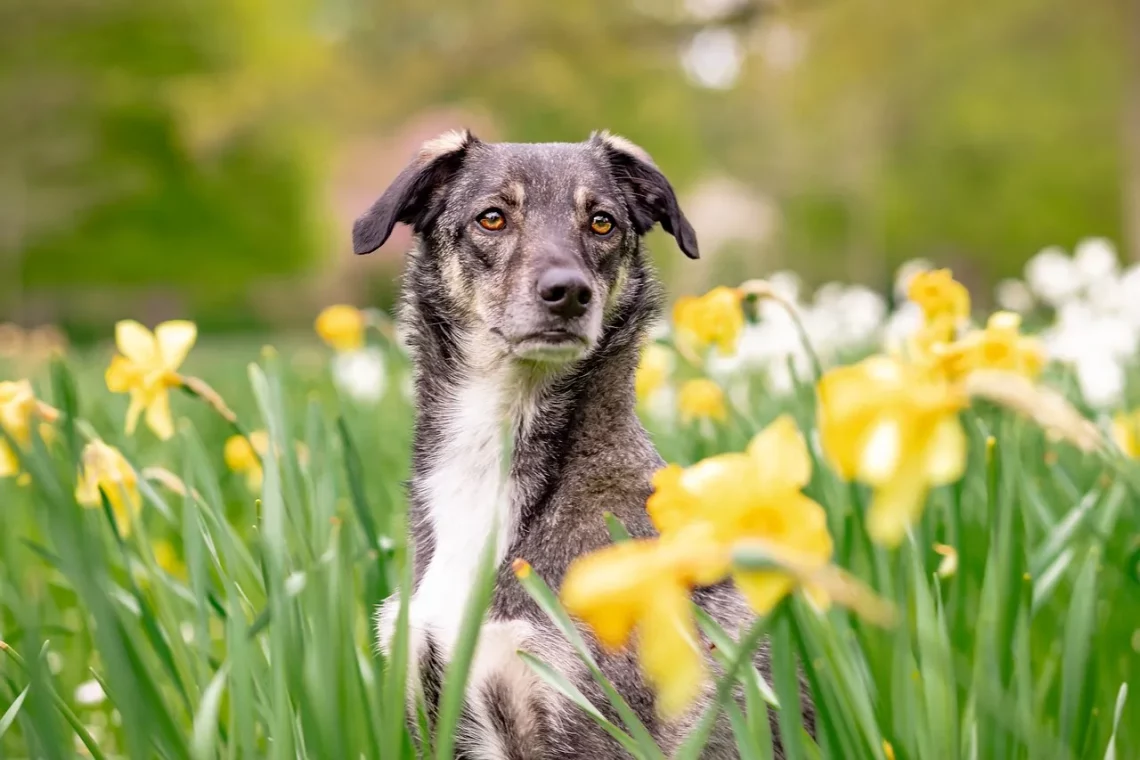
Understanding Why Your Old Dog is Panting Excessively
Having an old dog can be both a joyful and challenging experience. As our furry companions age, they undergo various changes in behavior and health that can sometimes be concerning for their owners. One common issue that many dog owners notice is excessive panting. While panting is a natural way for dogs to cool down, it can also indicate underlying health problems, especially in older dogs.
Understanding the reasons behind excessive panting is essential for ensuring your pet’s well-being. It is crucial to differentiate between normal and abnormal panting, as this can help in identifying potential health issues early on. Age-related changes in a dog’s body may lead to different responses to temperature, stress, and even pain, making it vital for owners to remain vigilant.
In this article, we will explore various factors that contribute to excessive panting in older dogs, how to identify the signs of distress, and when to seek veterinary care. By gaining a better understanding of this behavior, you can take proactive steps to ensure your beloved pet remains comfortable and happy during their golden years.
Common Causes of Excessive Panting in Older Dogs
Excessive panting in older dogs can be attributed to a variety of factors. One of the most common reasons is the natural aging process. As dogs grow older, their bodies experience numerous changes, including a decline in physical fitness and a decrease in their ability to regulate body temperature. This can result in more frequent panting, especially during warmer weather or after exertion.
Another significant cause of excessive panting is pain or discomfort. Older dogs are more susceptible to conditions such as arthritis, hip dysplasia, or dental issues, which can lead to chronic pain. When dogs are in pain, they may pant as a way to cope with their discomfort. It’s important for owners to be observant and look for other signs of pain, such as limping, reluctance to move, or changes in appetite.
Anxiety and stress can also play a role in excessive panting. Older dogs may experience anxiety due to changes in their environment, such as the loss of a companion or changes in the household. Situational stressors, like loud noises from thunderstorms or fireworks, can also trigger panting. In these cases, panting often accompanies other signs of anxiety, such as pacing or hiding.
Additionally, certain medical conditions can cause excessive panting. Heart disease, respiratory issues, or conditions affecting the endocrine system, like Cushing’s disease, can lead to increased panting. If panting is accompanied by other symptoms, such as coughing, lethargy, or difficulty breathing, it is crucial to seek veterinary advice promptly.
Understanding these common causes can help dog owners identify when their pet’s panting is a normal response to age or something that requires further attention.
Recognizing Signs of Distress in Your Dog
While panting can be a normal behavior for dogs, especially in hot weather or after exercise, it’s essential for owners to recognize when their pet is in distress. Distress can manifest in various ways, and when paired with excessive panting, it may indicate that something is wrong.
One of the first signs to watch for is changes in behavior. If your dog is panting more than usual and also appears restless, agitated, or anxious, it may be a sign of distress. Dogs often show their discomfort through body language, such as pacing, whining, or seeking solace from their owners. If your dog is unusually clingy or is trying to hide, these could also be signs of stress.
Physical symptoms can also accompany excessive panting. For instance, if your dog is panting heavily but also has a rapid heart rate, is drooling excessively, or exhibits vomiting or diarrhea, these could be signs of a serious health issue. Additionally, if you notice any changes in your dog’s appetite or energy levels, it may indicate that they are not well.
Monitoring your dog’s breathing patterns is equally important. Normal panting should be shallow and regular, while distress may cause more erratic breathing. If your dog is panting and also appears to be struggling to breathe or is making unusual noises, it’s imperative to consult a veterinarian immediately.
By being aware of these signs of distress, you can better assess your dog’s well-being and take appropriate action if necessary. Early intervention can often help address underlying issues before they develop into more serious problems.
When to Seek Veterinary Care
Determining when to seek veterinary care for excessive panting in your older dog can be challenging. While some panting may be a normal response to heat or exertion, there are specific situations where veterinary intervention is warranted.
If your dog’s panting is sudden and accompanied by other concerning symptoms, it’s essential to schedule a vet appointment as soon as possible. Symptoms such as lethargy, coughing, difficulty breathing, or signs of pain should never be ignored. These could indicate serious health issues that require immediate attention.
Additionally, if your dog has a known medical condition, such as heart disease or respiratory problems, you should consult your veterinarian if there are changes in their panting behavior. Even minor changes could signal a worsening of their condition or complications that could arise.
Regular veterinary check-ups are crucial for older dogs, as they often have underlying health issues that may not be immediately apparent. Discussing any changes in your dog’s behavior, including excessive panting, during these visits can help provide your vet with the necessary information to assess your pet’s health accurately.
Preventive care is also an essential aspect of maintaining your dog’s well-being. Keeping up with vaccinations, ensuring a healthy diet, and providing regular exercise tailored to your dog’s abilities can help minimize health risks that contribute to excessive panting.
Overall, being proactive and aware of your dog’s behavior is key to ensuring they receive the care they need. If in doubt, always err on the side of caution and consult your veterinarian.
Managing Excessive Panting at Home
Managing excessive panting in older dogs at home begins with creating a comfortable environment for your pet. Ensuring your dog has a cool, shaded area to relax in during hot weather can help regulate their body temperature and reduce panting. Providing fresh water at all times is also essential, as hydration plays a significant role in overall comfort.
If anxiety is contributing to your dog’s excessive panting, consider implementing calming techniques at home. Creating a safe space where your dog can retreat during stressful situations can help alleviate anxiety. Using calming aids, such as anxiety wraps or pheromone diffusers, may also be beneficial.
Regular exercise is key to maintaining your dog’s physical and mental well-being, but it’s essential to tailor the activities to their abilities. Short, gentle walks or low-impact play sessions can keep your dog engaged without causing overexertion.
Establishing a routine can also provide comfort for older dogs. Predictable schedules for feeding, walks, and playtime can help reduce anxiety and establish a sense of security.
Lastly, consider consulting with your veterinarian about dietary supplements or medications that may help manage anxiety or pain. In some cases, natural supplements can provide relief without the need for pharmaceuticals.
In conclusion, while excessive panting in older dogs can be concerning, understanding the reasons behind it and recognizing signs of distress can empower dog owners to take proactive steps. By creating a comfortable environment, managing anxiety, and seeking veterinary care when necessary, you can help your beloved pet enjoy a happy and healthy life in their golden years.
*Disclaimer: This article is not intended as medical advice. If your dog is experiencing health issues, please consult your veterinarian for professional guidance.*




